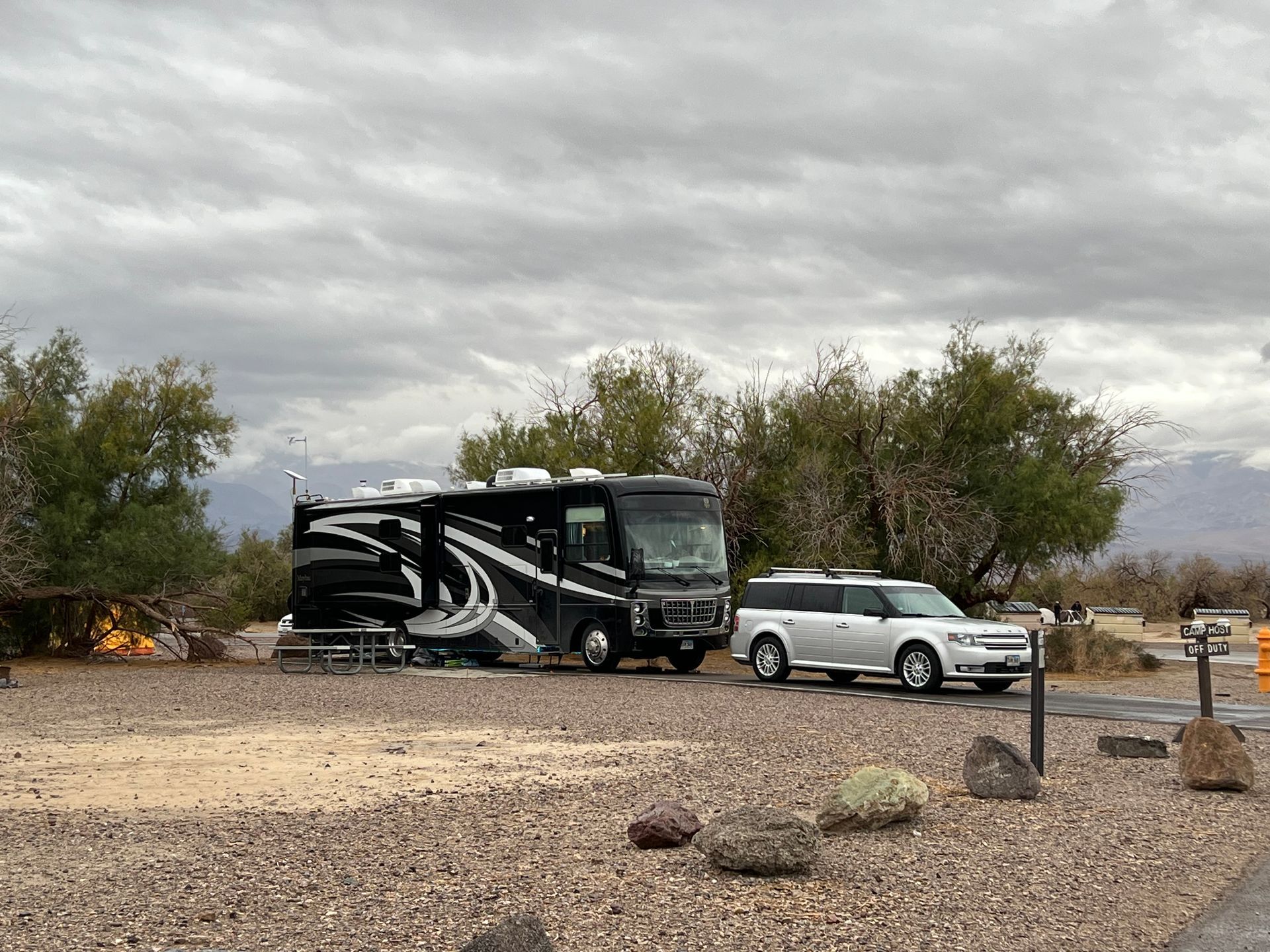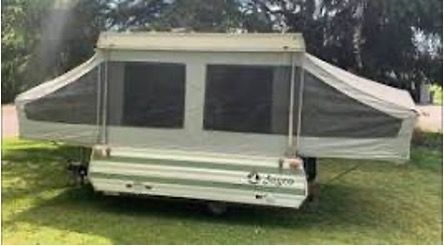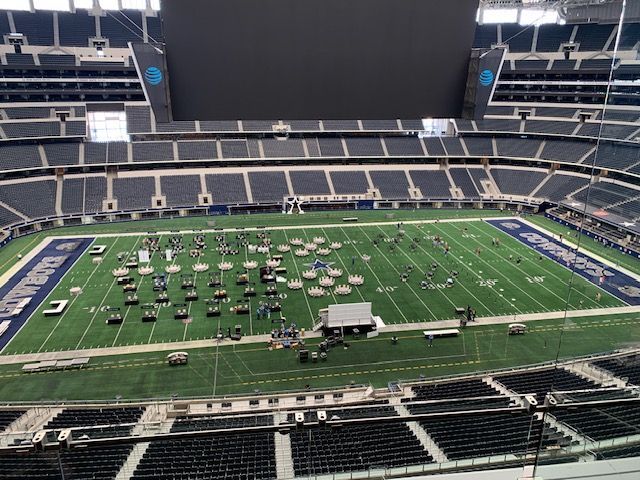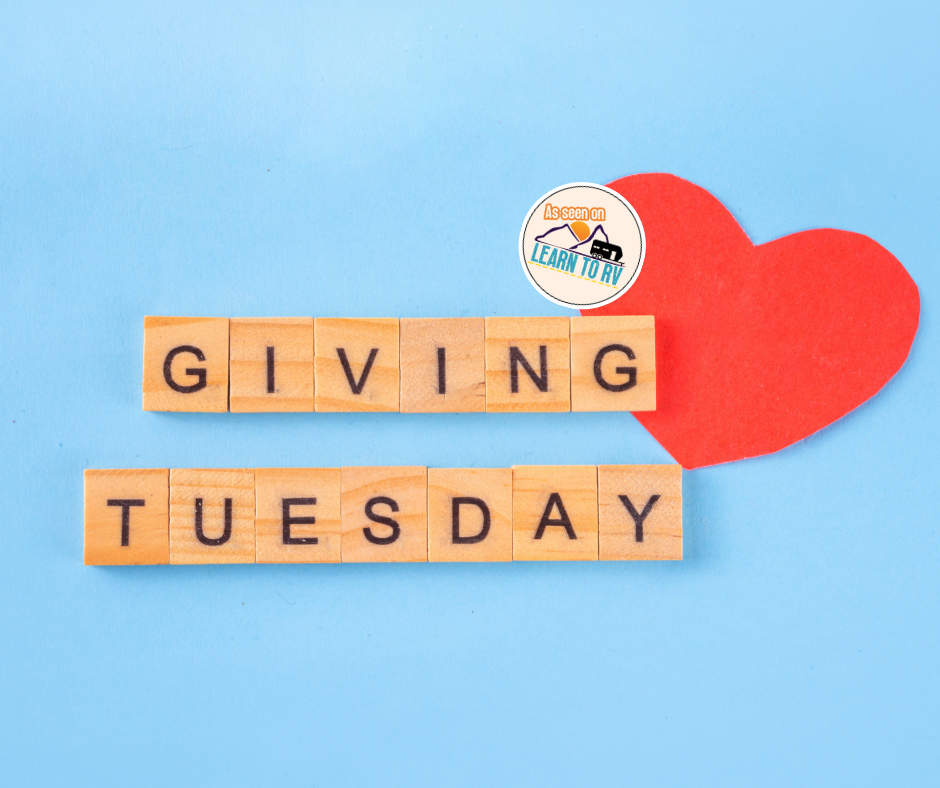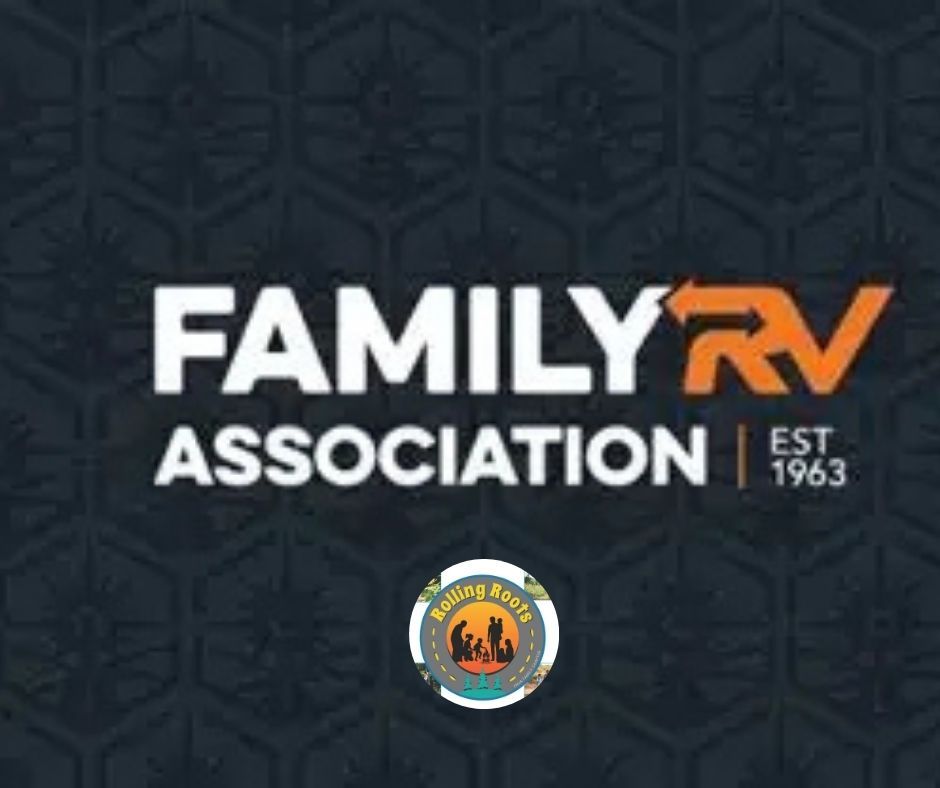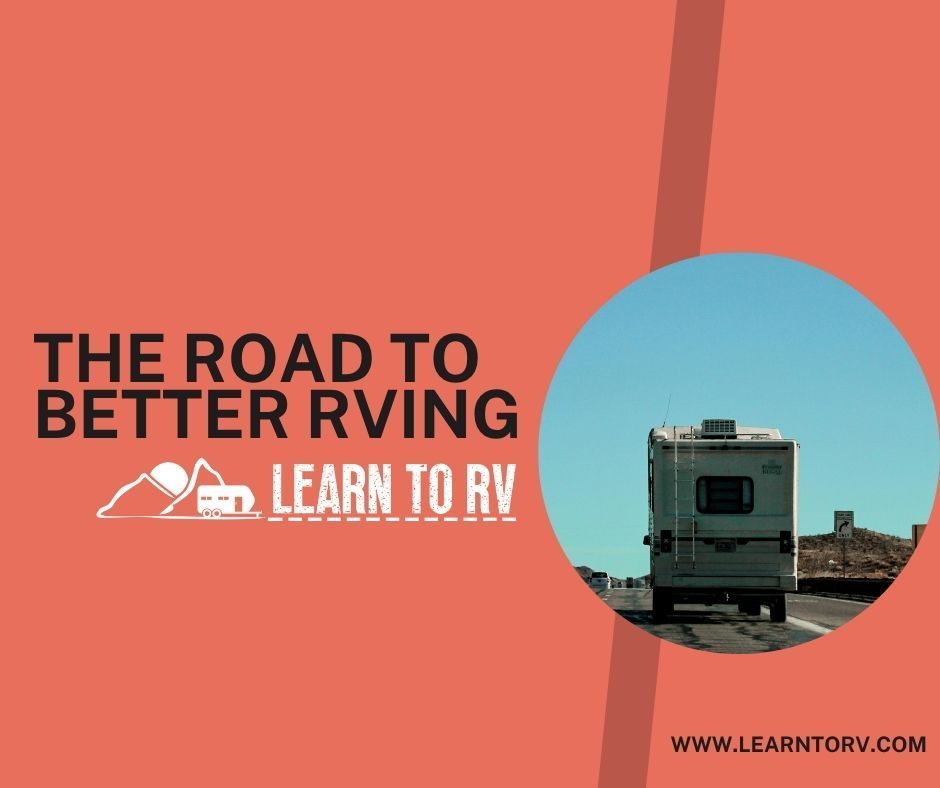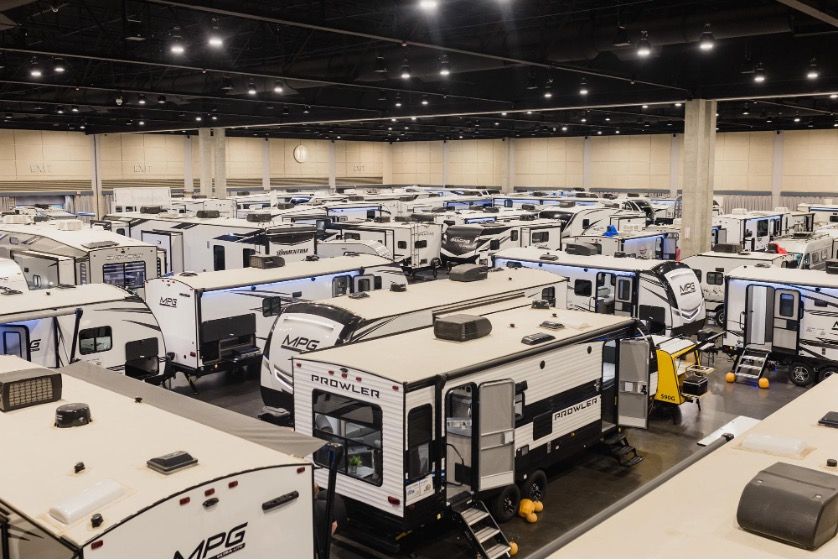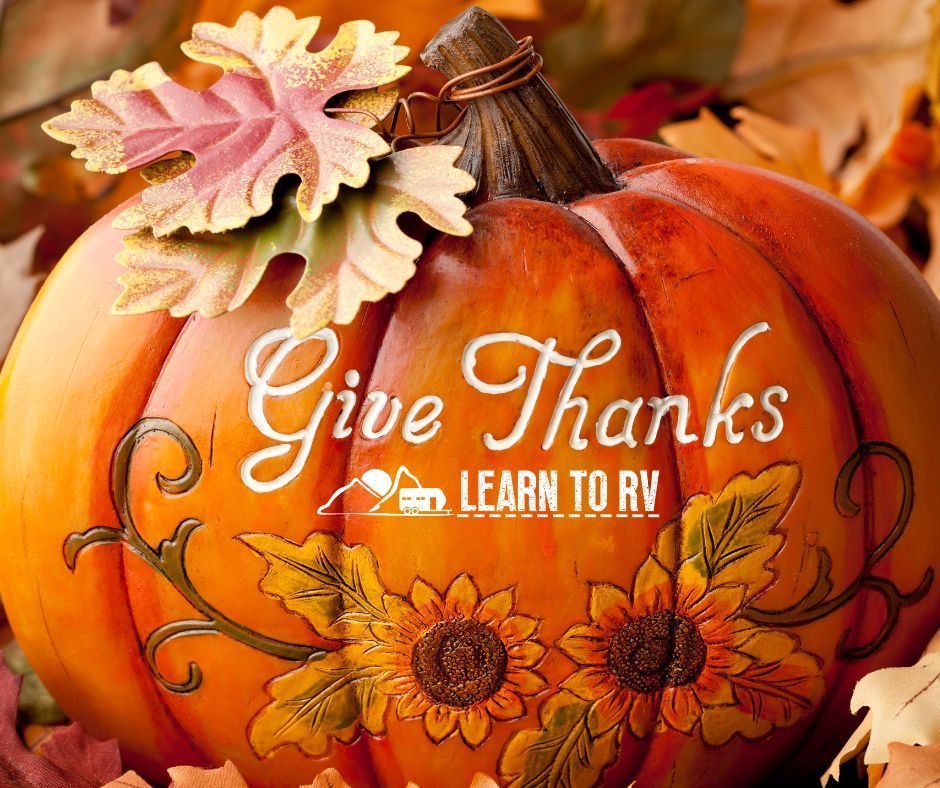Homeschooling on the Road: What It Really Looks Like for Us
RoadRabers • August 26, 2025
When we sold it all and hit the road full-time in 2020, we didn’t have a perfect plan for homeschooling. We weren’t trying to recreate the classroom in our RV. We just knew traditional school wasn’t going to work for our lifestyle or our kids.
What we didn’t realize at first was how much we’d have to unlearn before we could actually teach.
And honestly? That’s where the real growth began for all of us.
Step One: Unschool Yourself First
If you’re coming from traditional school, either as a parent or a student, you’ll feel that itch for structure. For proof it’s working. For someone to tell you you’re doing it “right.”
But here’s the truth no one says loud enough:
You get to redefine what learning looks like.
For us, that started with years of unschooling.
No worksheets. No strict schedules. No trying to recreate school at home.
Instead, we leaned into curiosity. Into play. Into deep conversations and real-world experiences.
And it was the best thing we could’ve done, not just for our kids, but for ourselves.
Now we use
Miacademy to support the basics, such as reading, writing, and math. It’s a tool, not a master schedule. It gives our kids a gentle guide and gives me breathing room to run our businesses without constantly worrying I’m falling behind.
We stay super lax, and that flexibility is what keeps everything sustainable.
What a Homeschool Day Actually Looks Like

Spoiler alert: there’s no such thing as a typical homeschool day for us.
We move every 2–3 weeks, and our rhythm shifts constantly based on where we are, what’s around us, what the weather’s doing, and how the kids are feeling.
And honestly? We love that.
A week might include:
- A hike through a coastal forest, spotting mushrooms and talking about ecosystems
- A spontaneous museum day in a new city
- Reading aloud while the kids draw or build forts
- Hours of outside play where they make up their own games, solve their own problems, and learn how to be human in the world
We don’t start school “on time.”
We don’t finish every lesson.
But we do prioritize time outside, independent exploration, and finding wonder in everyday moments.
Our Style? Chaotically Intentional

If I had to name our homeschool approach, I’d call it chaotically intentional.
We switch it up. We take breaks. We pivot fast. And that’s by design.
Because life on the road isn’t predictable, and honestly, neither are kids.
We’ve learned that consistency doesn’t have to mean rigidity.
It can mean showing up with grace. It can mean paying attention, listening, adjusting, and knowing that sometimes the most powerful learning happens when you toss the plan and follow the moment instead.
Why Miacademy Works for Us
Even though we don’t follow a traditional school model, I still believe in strong foundations. Reading, writing, and math are tools our kids will use throughout their entire lives.
Miacademy helps cover those without requiring me to do it all from scratch. It gives the kids enough structure to keep building those core skills without locking us into something we can’t keep up with.
And for me? It’s been a lifesaver. I’m running businesses, managing real life, and trying to be a present mom. Miacademy is the reason I can be all three without constantly feeling like I’m failing at one of them.
That’s the beauty of homeschool. You get to choose what works for your family right now and change it when it doesn’t.
When Real-Life Learning Hits Harder
People sometimes ask why we take our kids to places like plantation homes or historic high schools.
They’ll say, “Aren’t they too young to understand?”
But learning doesn’t always happen in the moment.
Sometimes it simmers quietly until it clicks years later.
Our daughter is 13 now, and we’ve watched her connect what she saw and felt during those visits with what she’s learning now.
And the understanding she brings? It’s deeper, more personal, and so much more powerful than anything she’d get from a textbook.
That’s the gift of learning through experience.
It sticks. It matters. It changes how you see the world.
Whether it’s science, history, geography, or social justice, when your kids stand where it happened, feel what it feels like, or see it in action, it has a different impact.
If You’re Thinking About Homeschooling…

Take a deep breath, friend. You don’t have to have it all figured out.
You don’t need a teaching degree. You don’t need a rigid schedule or a Pinterest-perfect curriculum cart.
You just need to care, and clearly, you already do.
Start by unschooling yourself. Let go of the belief that learning only happens at a desk. Let go of the fear that you’ll mess everything up. Let go of comparing your journey to someone else’s highlight reel.
Your kids don’t need perfection.
They need
presence.
They need
curiosity.
They need a safe space to explore the world, and you're already giving them that.
Homeschooling doesn’t have to look like school.
It can look like reading under a tree, counting seashells, asking big questions during a drive, or finding wonder in a museum hallway. It can be loud, messy, spontaneous, and magical—sometimes all in the same day.
So don’t overthink it. Don’t wait until everything’s “ready.”
Just start. Adjust as you go.
Let your kids lead, and you’ll be amazed at how much
you grow alongside them.
Let’s Keep the Conversation Going

If this resonated with you, I’d love to connect. We share more of our roadschooling life over on Instagram, and our inbox is always open for questions, venting, or just knowing you’re not alone in this.
Because you’re not.
And you’ve got this.
P.S. Be sure to check out
Roadschooling Resources on Facebook as well!
Other blogs you might like...
